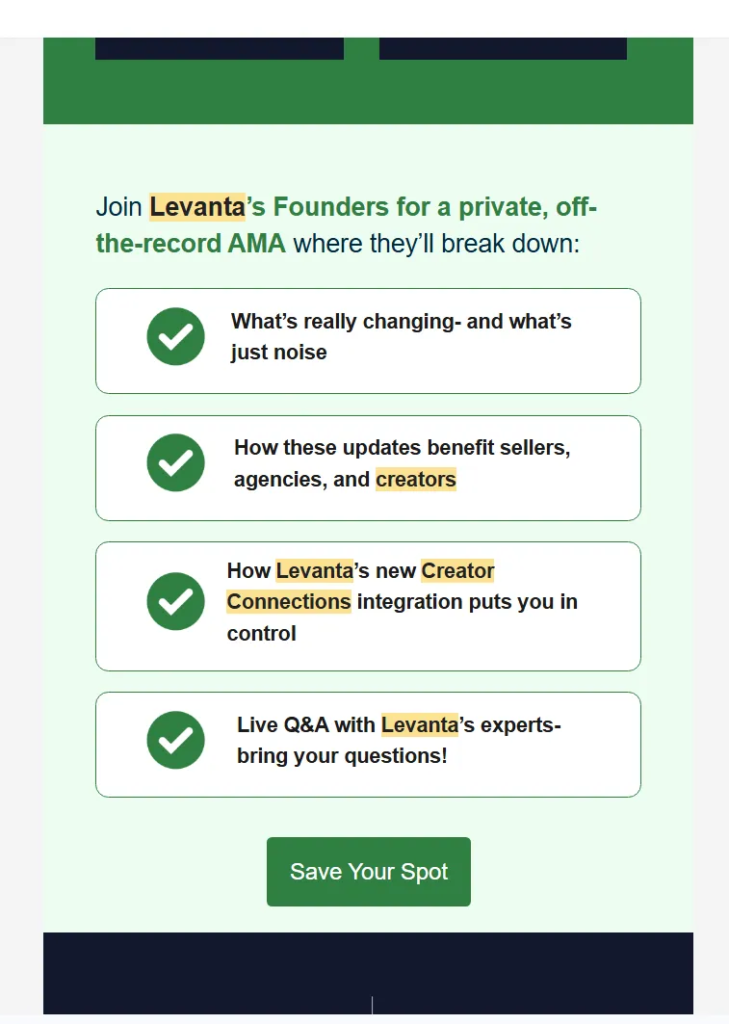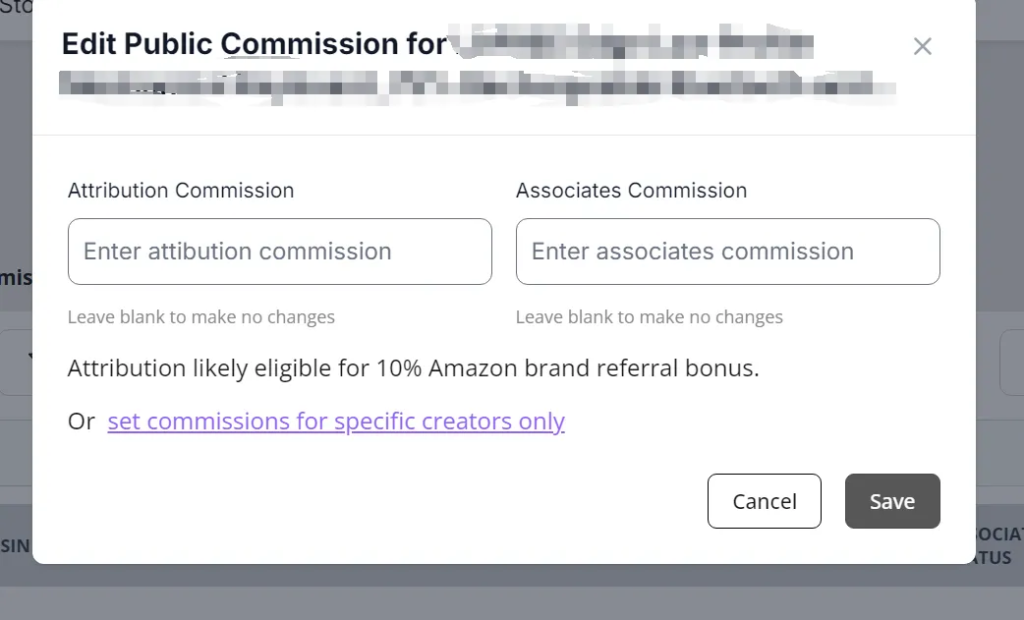On December 20, 2024, Amazon dropped a bombshell on the affiliate marketing landscape: affiliates must now choose between third-party tracking links (Attribution Link) and Amazon’s official Associates Program (Associate Link), effectively banning dual participation for commission earnings. This policy has ignited an industry-wide reshuffle. As a professional agency deeply embedded in the affiliate ecosystem, we dissect the underlying logic of this seismic shift and actionable strategies for adaptation.

Policy Impact: Third-Party Platforms Face Cliff-like Decline
The new rules have hit third-party affiliate platforms hardest. Data reveals that from December 2024 to January 2025, active affiliates on mainstream platforms plummeted by over 60%, with many sellers experiencing GMV crashes—some even dropping to 0. For example, nearly half of the sellers partnered with a leading platform exited due to slashed commissions and compliance pressures, underscoring the policy’s disruptive force.
For sellers who had just begun benefiting from brand referral rebates, this abrupt shift poses a daunting challenge. Balancing compliance and profitability has become a critical priority.
Platform Survival Strategies: Decoding Three Camps
1. The Leader: Levanta’s Dual-Track Gambit

Levanta introduced a “Creator Connections + Attribution Link” hybrid model, enabling sellers to centrally manage both affiliate partnerships via its platform—but at a cost: existing orders now incur “toll fees.”
- Pros: Streamlined operations and cross-platform efficiency;
- Cons: Controversial cost transfer for legacy orders, plus loss of brand rebate eligibility.
2. The Mavericks: Wayward/Costingtons’ Commission Play
These platforms pivoted to an “Amazon Associates Links + Extra Incentives” model, attempting to bypass policy constraints.
- Pros: Short-term appeal to affiliates;
- Risks: Dubious data transparency, potential violation of Amazon’s “single-commission” rule, and forfeited brand rebates.

3. The Observers: Archer Affiliates’ Calculated Wait
Some platforms opted for restraint, grounded in two realities:
- Attribution Link’s Irreplaceability: Transparent reporting, brand rebate access, and full compliance remain foundational to trust;
- Official Program Limitations: Rigid workflows and poor flexibility fail to meet diverse needs.
2025 Trend Alert: Survival Guide for Sellers
- Inevitable Cost Surge: Shrinking affiliate earnings will push commission rates upward, with Attribution Link partnerships likely starting at 20%;
- Decentralization Imperative: Overreliance on single platforms heightens risk—multi-channel collaboration and private affiliate networks are now critical;
- Transparency & Compliance: Shortcuts sacrificing data integrity will backfire; compliant operations are non-negotiable for long-term survival.
Conclusion: The Battle for Traffic Control
Amazon’s policy overhaul is ultimately a power play for absolute traffic dominance. To thrive in this new era, sellers must build agile partnership frameworks, leverage data-driven decisions, and cultivate private affiliate resources to secure a competitive edge in the evolving ecosystem.

Leave a Reply